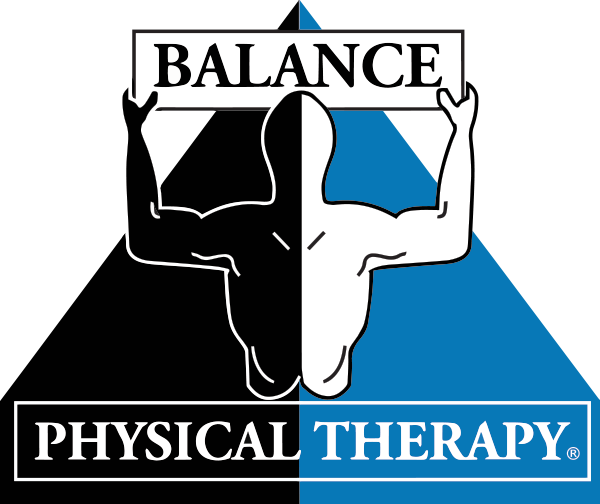What is sciatica?
Sciatica not even a real medical diagnosis! It’s a symptom of something else, which is the medical diagnosis.
We hear: What is it? … How did I get it? … Why is this happening to me? … My life is ruined. … I can’t move. … I want to die. … Life sucks.
You name it! We have heard it all regarding sciatica.
What we would like to offer is just a little bit of insight from a clinical perspective about what it actually is.
Sciatica, as most people understand it, is that horrible lancinating burning pain that usually starts somewhere in the buttocks, maybe the lower back. The pain starts to travel around the back outside portion of our thigh, down the outside of our lower leg and into our foot. Sometimes it wraps around and into the groin. At times, it gives sharp stabbing terrible pain around the knee and into the calf muscles. The sensation produces numbness and tingling sometimes. It’s possible for the pain to produce muscle weakness and what people describe as foot drop.
What is foot drop?
Foot drop is best described as a loss of signal. You look down and you try to pick up your toes and foot up off the ground, and it just doesn’t work.
The analogy we like to give to patients is that it’s like a heavy piece of furniture sitting on a power cord coming to the exam table. When we step on the foot pedal, the table can still come up, but it doesn’t come up smoothly. It’s a little ratchety when it wants to lift up. As soon as we take that heavy piece of furniture off the power cord, and the signal can get to the table from the motor, then the table can move with lots of good functional power.
Why do I feel sciatic pain?
What you’re feeling with sciatic pain is the swelling of the peripheral nerve because of an impingement or a chemical or enzymatic irritation of the nerve root that starts up in the spine.
The lower back typically is the most likely culprit for sciatic symptoms. Usually that’s an arthritic process, a degenerative process, a herniated or prolapsed disk, which many of us have heard of and have been victims of in the past or will be in the future. It can be a tight muscle in the backside of the hip. Piriformis is a common culprit muscle. There is even a syndrome named after it.
Sciatica is simply pain
What we would like everybody to understand is that sciatica or sciatic pain is really just that. It’s pain. It is, pardon the pun, a really big pain in the butt. But it’s really just that. It’s a symptom of something else.
You could have a pelvic rotation. Pelvic rotation is a rearward direction that drops a little landmark called the sciatic notch too close to the nerve. You could have tightened muscles in your hip girdle. You could have a tumor and have this kind of symptom.
When we educate ourselves and understand and embrace the sciatica as the symptom rather than as this horrible diagnosis in and of itself, consequently we can begin to empower ourselves to take control of what is actually just a symptom. If we learn and understand what is causing that symptom and then begin the rehabilitative process to get better, ultimately we improve ourselves, mitigate that terrible pain.
Again, sciatica is not a medical diagnosis. It is, however, a very complex symptom that needs to be identified from its cause so that it can effectively be treated.

